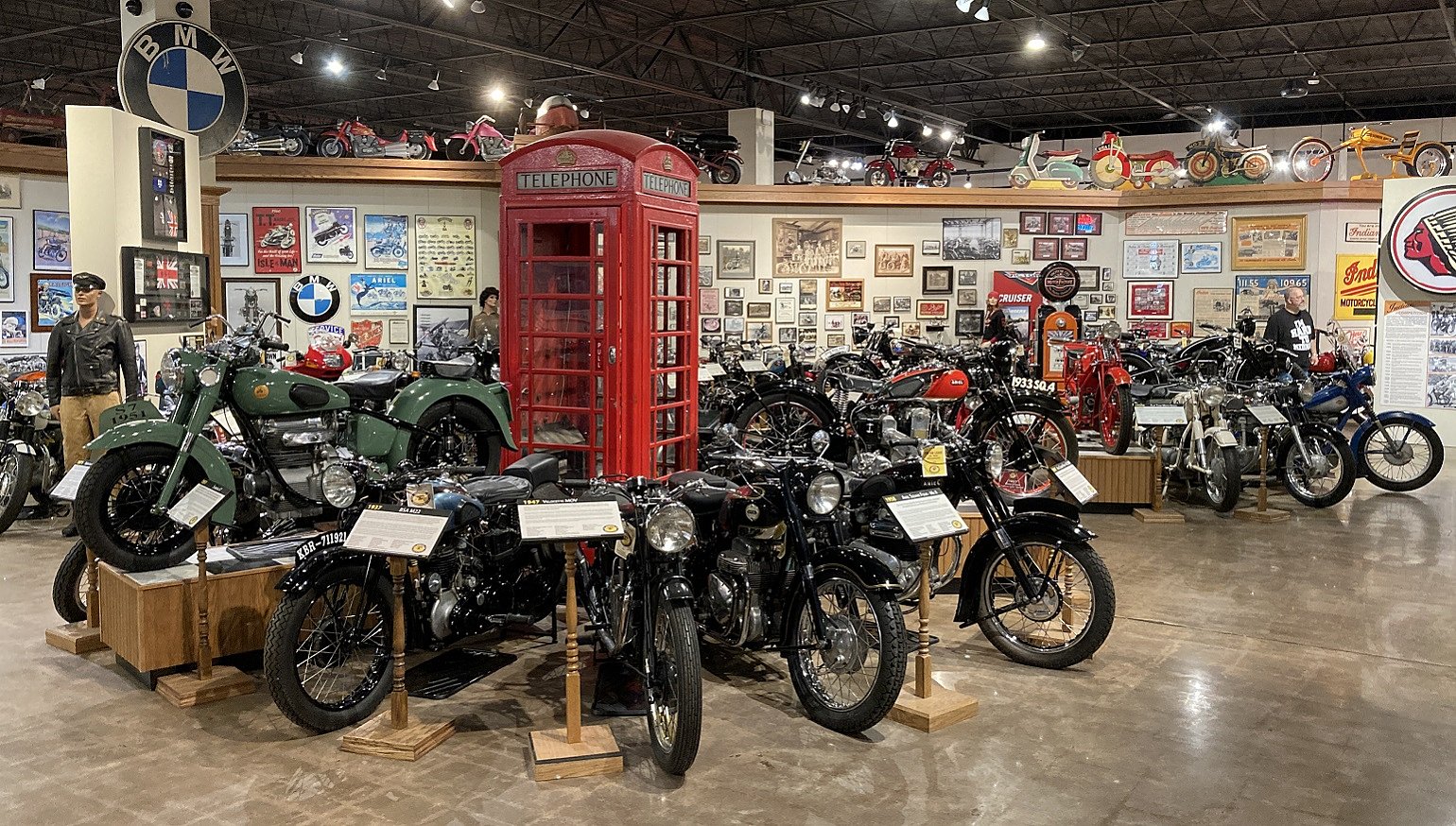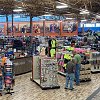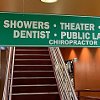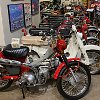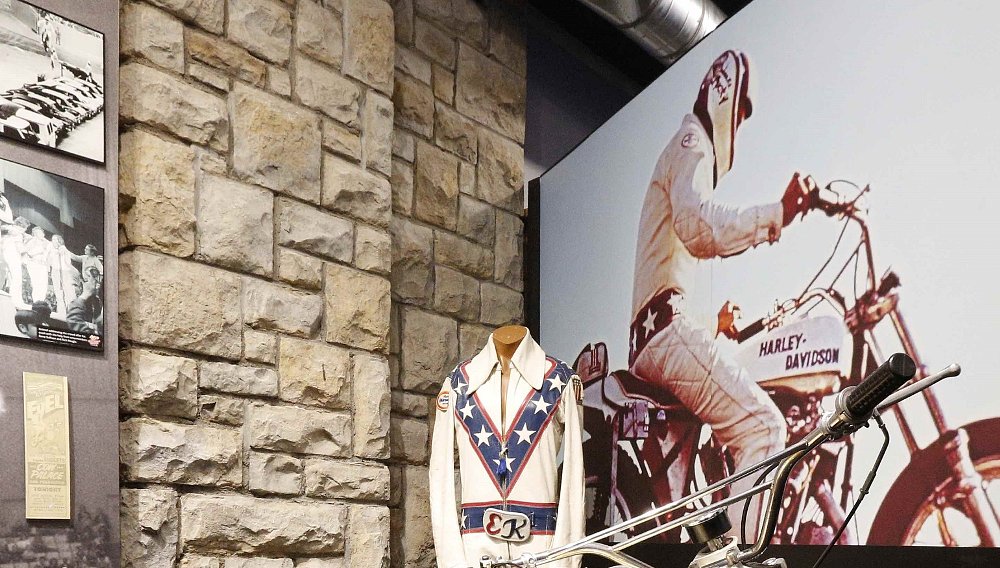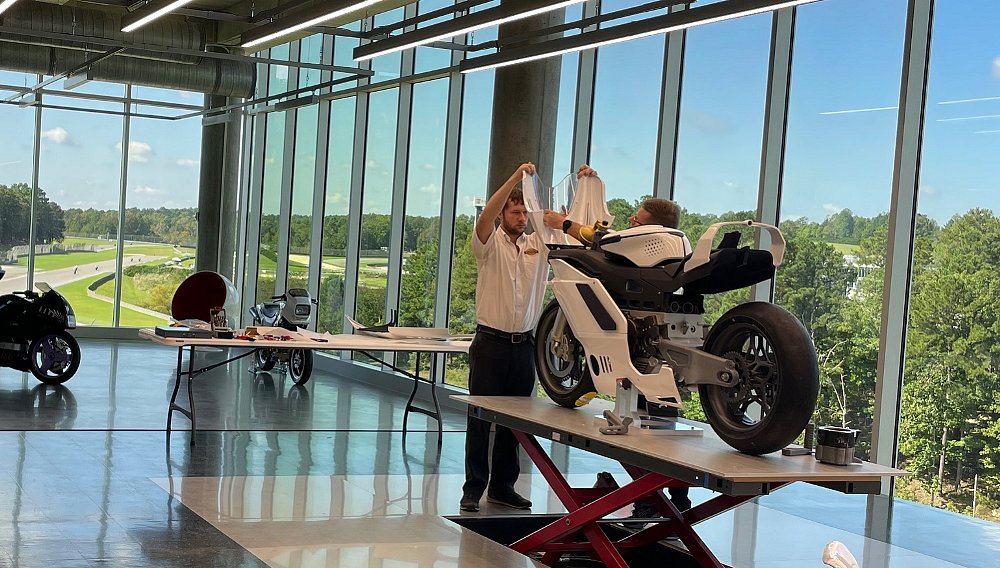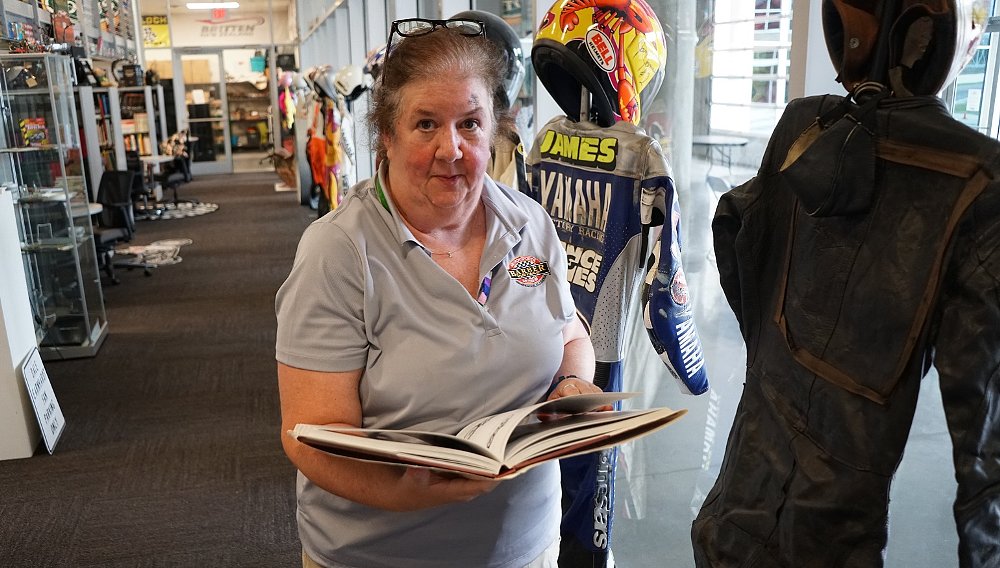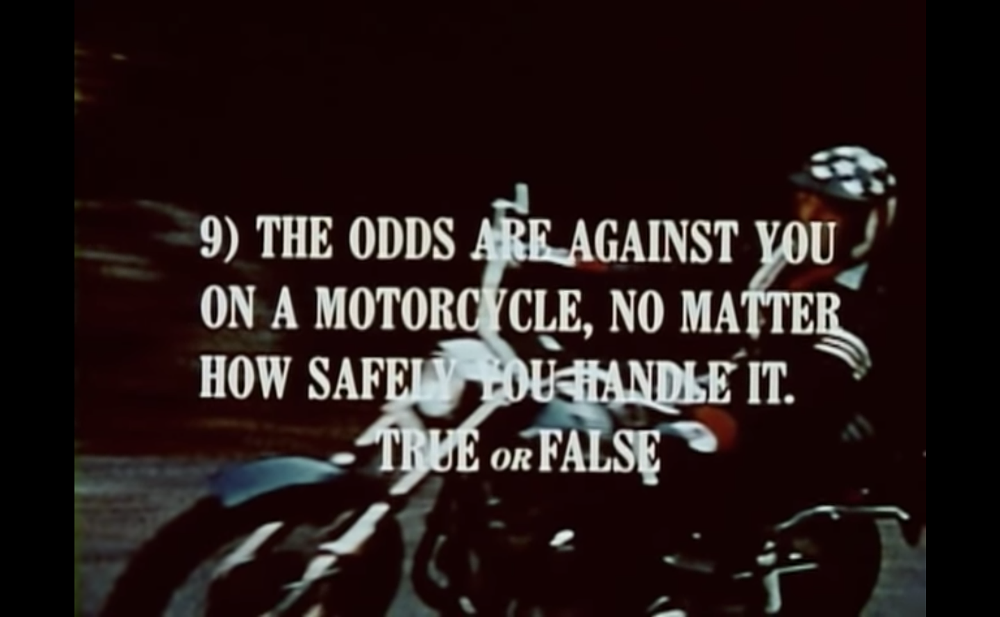For more than half a decade, my annual touring plan started with a ride to the National Motorcycle Museum in Anamosa, Iowa. Somehow, every year until 2022, something came up that caused me to postpone it. This year, I made it my top motorcycling priority and I'm happy to say it was worth the trip.
I've been to the Barber Vintage Motorsports Museum in Birmingham, Alabama, once and am very familiar with the AMA Motorcycle Hall of Fame in Pickerington, Ohio. I was excited to find out how my experience at the National Motorcycle Museum would compare to the other two. I also have some academic background in applied history and museum studies, so each museum I visit is a chance to compare what I was taught to how museums actually go about developing and implementing exhibits.
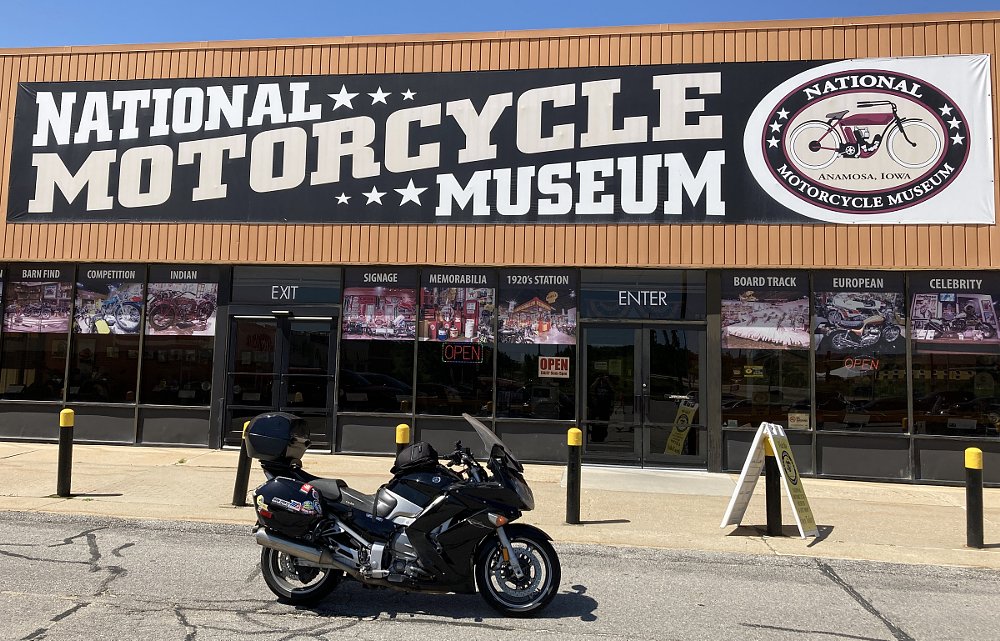
The National Motorcycle Museum was founded in 1989 and is operated as a non-profit organization. The driving force behind the museum's founding was John Parham, an AMA Hall of Famer who also founded J&P Cycles, which is now part of the Comoto family of brands, along with RevZilla.
The ride to Anamosa
The ride to Anamosa was delayed twice this year before I finally got underway one morning in June. I had originally scheduled my visit for early April, but winter wasn't quite finished in northeast Ohio at that time. I postponed the trip to mid-May, but a leaking fork seal on my 2008 Yamaha FJR1300 — and a few setbacks from mistakes in doing my first fork rebuild — forced me to delay the trip again.
With three days of sunny skies forecasted and a right fork leg that finally wasn't pissing fluid, I started my 500-mile ride to Iowa on a Saturday morning. My plan was to stay the first night at a hotel near one of my favorite roadside attractions, the Iowa 80 truck stop near Davenport, Iowa. On Sunday, I'd ride to the museum, about an hour and a half away via the scenic route. After visiting the museum, I planned to make a stop for my Johnny Cash "I've Been Everywhere" project in Baraboo, Wisconsin, before riding home to Cleveland on Monday.
There's not much to say about the mostly flat and boring ride from Cleveland to Davenport, and battling a relentless wind from Cleveland to Toledo didn't help. After arriving at the hotel and getting my luggage into my room, I walked to the Iowa 80 to get dinner and meandered around the massive facility. The truck stop and its associated museum are a story unto themselves, but the enormity of the place and its plethora of amenities have never ceased to impress me, despite how many times I've stopped there.


The next morning, I headed out for the National Motorcycle Museum via U.S. Route 61 and Iowa Route 64. The routing added about 20 minutes to the ride, but it was well worth it. Iowa 64 from Maquoketa to Anamosa is the western leg of the Grant Wood Scenic Byway, named for an artist who used the rolling terrain as the basis for his rural landscape artwork. The views aren't stunning like they are in more mountainous areas, but the picturesque scenes along both sides of the highway added another level of enjoyment to the ride.
Inside the National Motorcycle Museum
The National Motorcycle Museum is located along Iowa 64 just west of the U.S. 151 freeway on the east side of Anamosa in a former Wal-Mart. The sign on the front of the museum says it has more than 475 vehicles on display, which are spread out within the about 36,500-square-foot building. An area near the museum entrance is reserved for motorcycle parking and was about half full when I arrived at about 11 a.m.
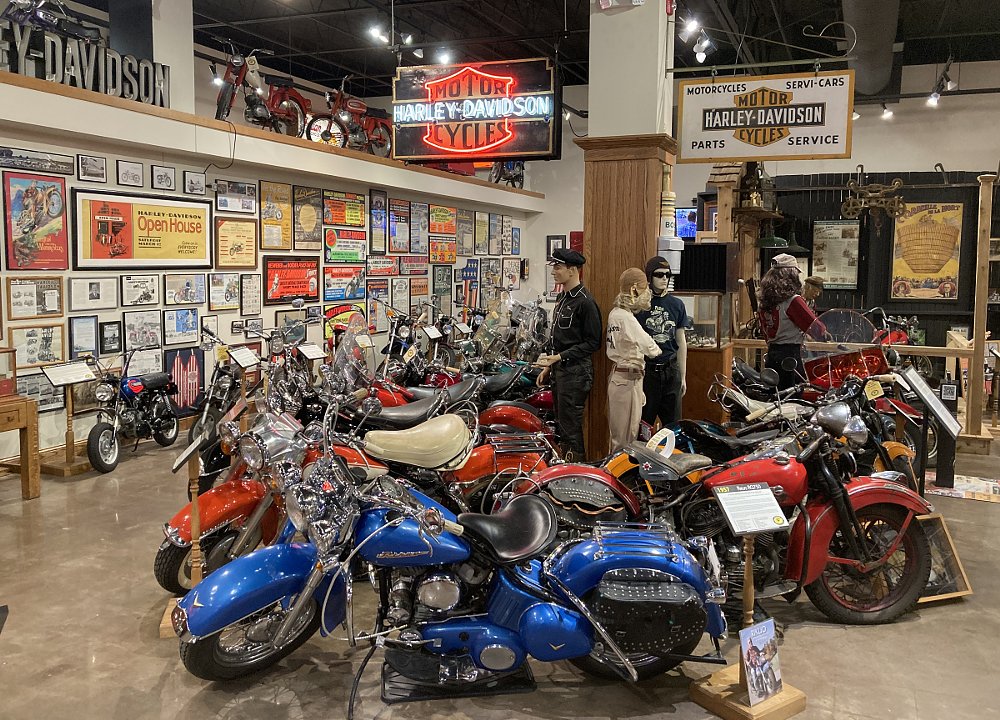
Entering the museum, visitors are greeted with a preview of the exhibit area through a large window, with the gift shop and admissions counter to the right. After hanging my riding jacket in the coat closet, I made my way into the exhibit area and was greeted by a large display of Evel Knievel memorabilia. The exhibit on motorcycling's best known stunt man is one of about 40 topics showcased in the museum.
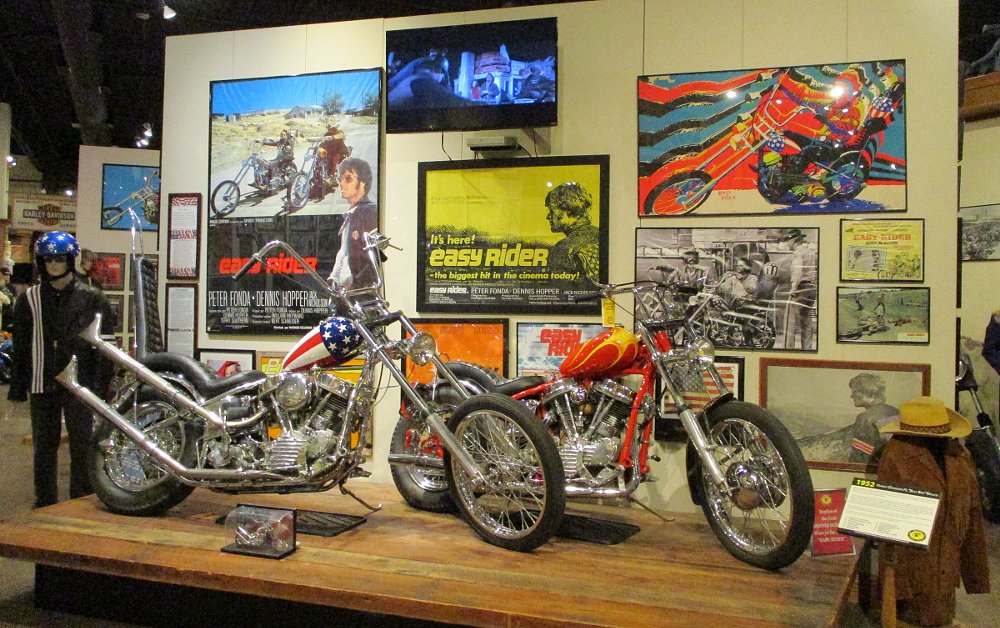
If I had to compare the National Motorcycle Museum to the Barber Museum and the AMA Hall of Fame, I'd say Barber is more about motorcycles (the history of the machines), the Hall of Fame is mainly about motorcyclists (the most accomplished and influential riders in American motorcycling history), and the National Motorcycle Museum is about motorcycling (the culture that's developed around motorcycle riding and racing). The museum's collection of motorcycles is flanked on all sides by posters, signs, riding gear, print advertisements, and other forms of motorcycling memorabilia that help put the machines into historical context.
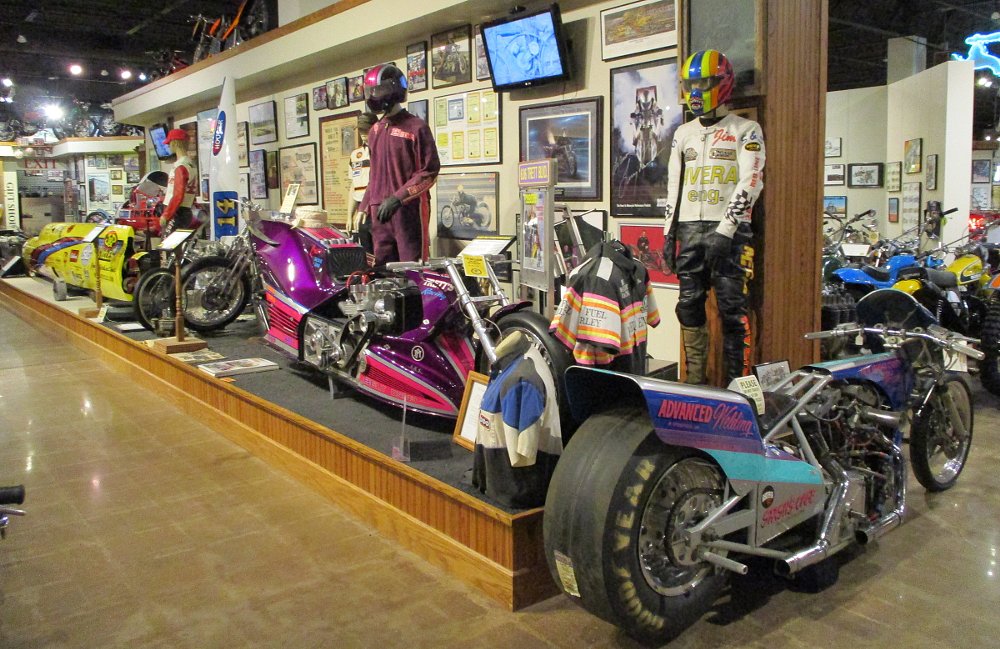
Something I appreciated about the museum was the variety of motorcycles on display. The collection's span includes bikes built for recreation and competition from American and foreign manufacturers; from antique to contemporary; and from rare to mundane. I got a little lost a few times following the flow of the exhibits as I moved between them, but I was impressed by the comprehensiveness of the exhibits in a relatively small museum space.
Of the hundreds of motorcycles on display, a few really caught my attention. Among them was a 1953 Indian Chief, making it one of the last motorcycles built at Indian's factory in Springfield, Massachusetts. The similarities between the styling of the Chief and the modern Indians built by Polaris got me thinking about what an Indian might look like if the company had survived uninterrupted to the present day. Would it look very similar to Polaris machines? Or might Indian styling have evolved in a very different way?
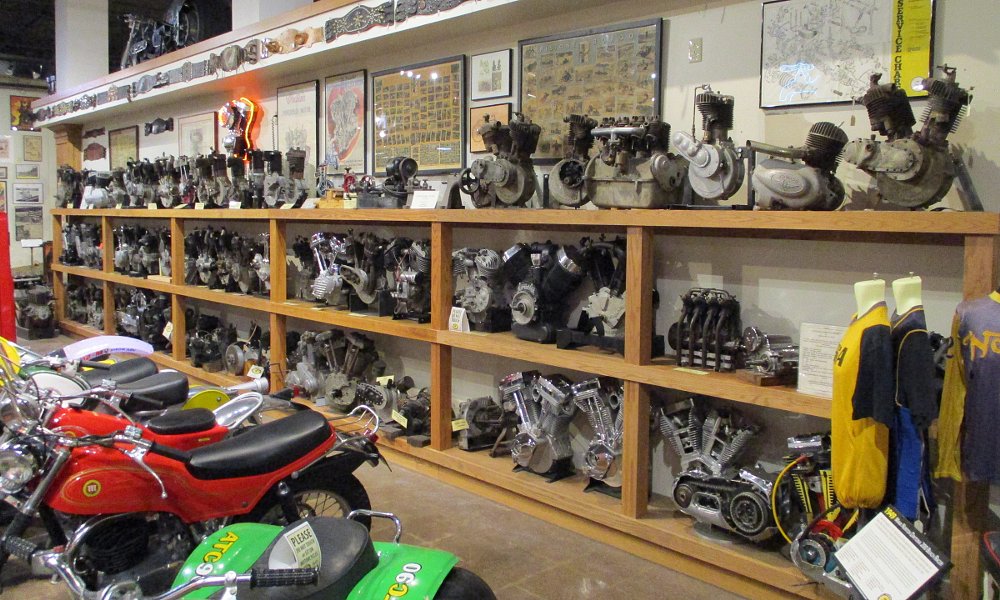
Another favorite was the 1999 Victory V92C, the first model in the history of the now-defunct Victory brand. What's so exciting about the first product of a short-lived marque? Well, simply put, the first Victory can be see as the bike that ultimately brought the Indian brand back to where it is today. Think about it — had Polaris not made the decision to expand into motorcycles and invested in the equipment and facilities to get Victory off the ground, the company might not have had the expertise or interest needed to acquire and bring back the Indian brand, which had passed through multiple hands. For all those who have been won over by the Spirit Lake, Iowa-built Indian machines, you owe this Victory a big thank you.
As someone who's done PR work for privateer motorcycle racers for the past half decade, the story behind the 1964 Honda CR77 replica really hit home. I've watched some of my clients struggle financially to stay on pro racing grids while still paying their bills at home. It was refreshing to read that Honda's founder, Soichiro Honda, valued privateer racers so much that he designed the CR77 specifically for those who didn't make a living from racing early in the brand's history.
I wasn't expecting to see any modern Japanese sport-touring machines in the museum and was surprised to see a 2010 Honda ST1300 on display. The ST was ridden by long-distance rider D.J. Jones, who the description said is the only person to ride 48 U.S. states on consecutive days on the same motorcycle. Her story is one I'm interested in learning more about.
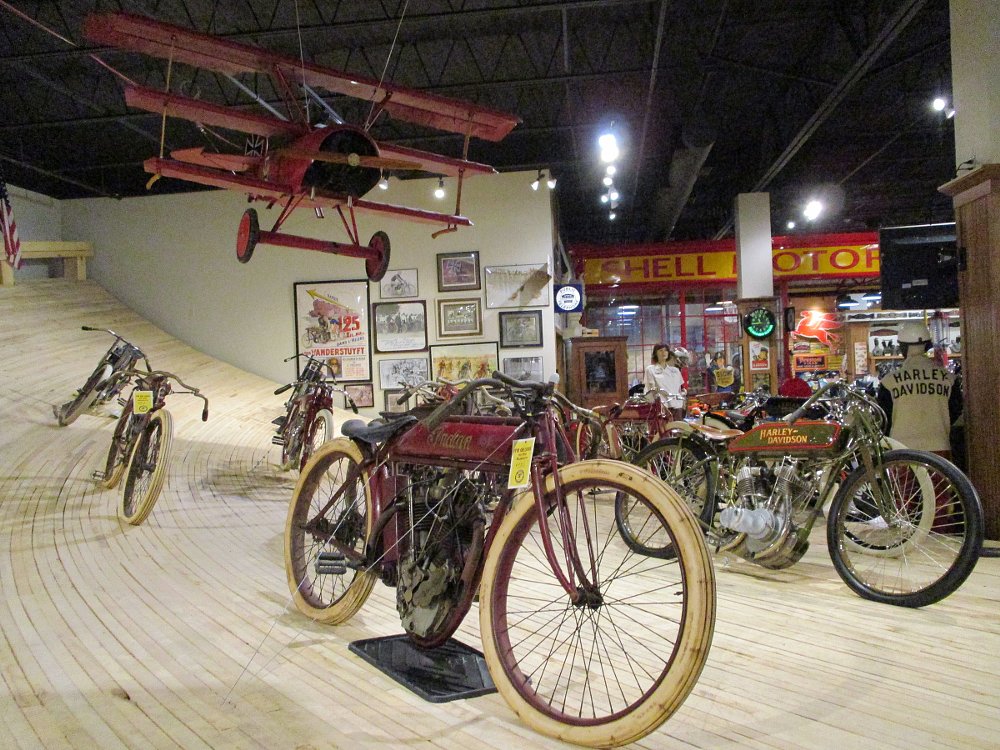
Other things that caught my eye were a 1973 Husqvarna 450 Desert Racer ridden and autographed by Malcolm Smith and a display for actor, racer and motorcyclist Steve McQueen. The board track display also piqued my interest. I've seen board track racing motorcycles before, but it was neat seeing the reconstructed section of board track upon which the bikes were mounted. The display gave me a much better idea of the design and scale of board tracks.
My background in motojournalism and experience working with motorcycle museums may have made me a little jaded. A visit to the National Motorcycle Museum may be more of a revelation for the average rider. But my biggest takeaway from the visit was that even for me there's plenty more for to be learned about motorcycling history. The loads of memorabilia reminded me that the history of motorcycling extends beyond the machines and the notable riders — that the broader motorcycling culture itself is also worthy of inquiry.
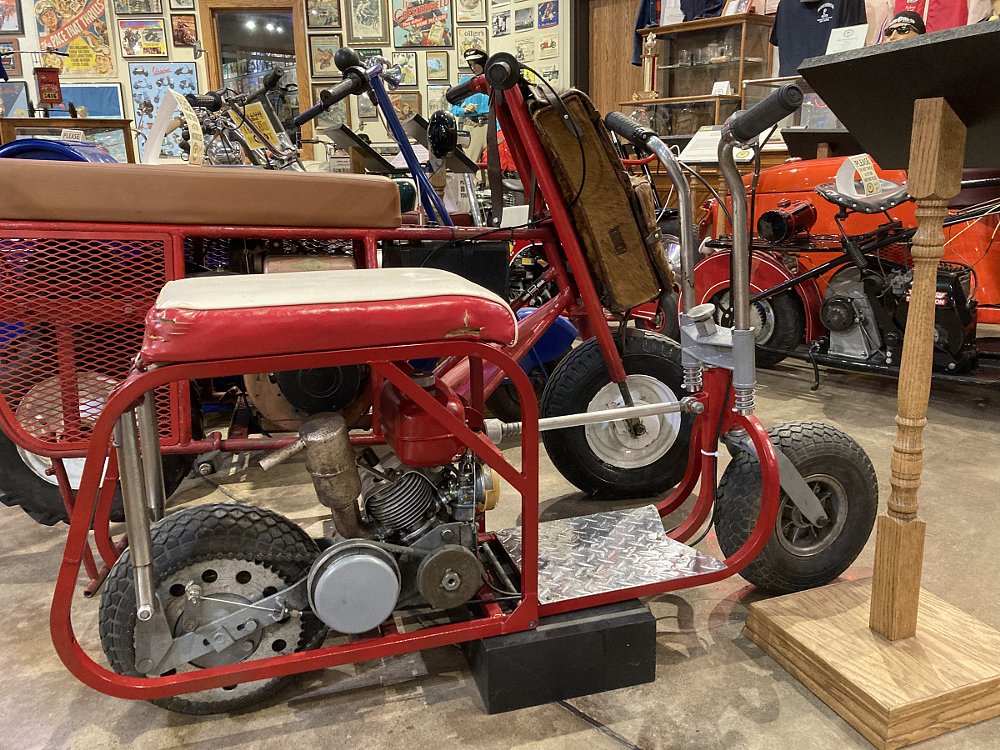
After spending about three hours at the museum, I got lunch, rehydrated and started riding toward Baraboo. I headed north on U.S. 151 and took a few backroads to U.S. Route 12 north, checking out a couple roadside historical markers along the way. I use Google Streetview to scout out places to photodocument my Johnny Cash stops, and the Baraboo Post Office had on-street parking adjacent to its location signage. About four hours after leaving the museum, I had bagged another "I've Been Everywhere" photo and the rest of the trip home was uneventful.

A bonus museum stop: A motorcycle exhibit at the Crawford
A couple days after I got back from my ride to the National Motorcycle Museum, I stopped into a smaller motorcycle exhibit just down the road from where I live. The Crawford Auto-Aviation Museum, which is part of the Western Reserve Historical Society of Cleveland, has a temporary motorcycle exhibit titled "Open Road: The Lure of Motorcycling in Ohio." The exhibit is the second installment of the Crawford's "Year of the Motorcycle" program and features a variety of motorcycles that have a connection to Ohio. For example, the bikes were ridden or raced in Ohio, or belong to motorcycle collectors from Ohio.
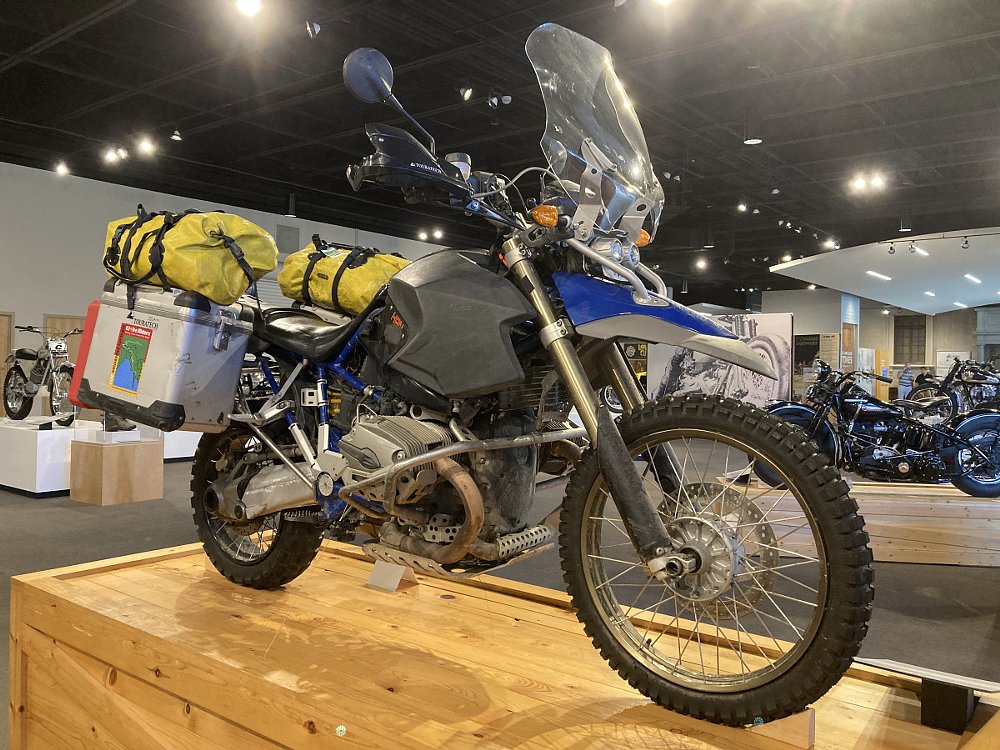
I learned about "Open Road" while visiting the Crawford's previous motorcycle exhibit, where I met the coordinator for the museum's motorcycle initiative, John Lutsch. John was kind enough to give me a preview of the then-upcoming exhibit, and I was impressed by the quality and variety of machinery he had lined up.
The exhibit has a few really impressive artifacts, including a 1969 Honda CB750, a couple of pristine Honda Trail minibikes and a 2006 BMW HP2 that's been ridden all over the world by Ohioan Dan T. Moore.

It was fun to see motorcycles owned by people I know. It's hard to talk about Ohio motorcycling history without mentioning the name Penton, and two of my colleagues from iHeart Media's "Two Wheel Power Hour" show — Bob Wentzel and Ted Guthrie — have a 1973 Penton Trials bike on display. Another name I recognized was Jim Iacozili, the owner of the Motozilli dealership near Warren, Ohio. Jim has a motorcycle collection of his own on the lower level of his dealership, and he has loaned a beautiful 2020 Royal Enfield Bullet Trials 500 to the Open Road exhibit — one of just 500 produced, according to the exhibit information. It was also personally gratifying to see a display about the Motogo project, which I wrote about previously for Common Tread. It was great seeing such a pioneering initiative get public recognition in "Open Road."
"Open Road: The Lure of Motorcycling in Ohio" runs through October 2022.




